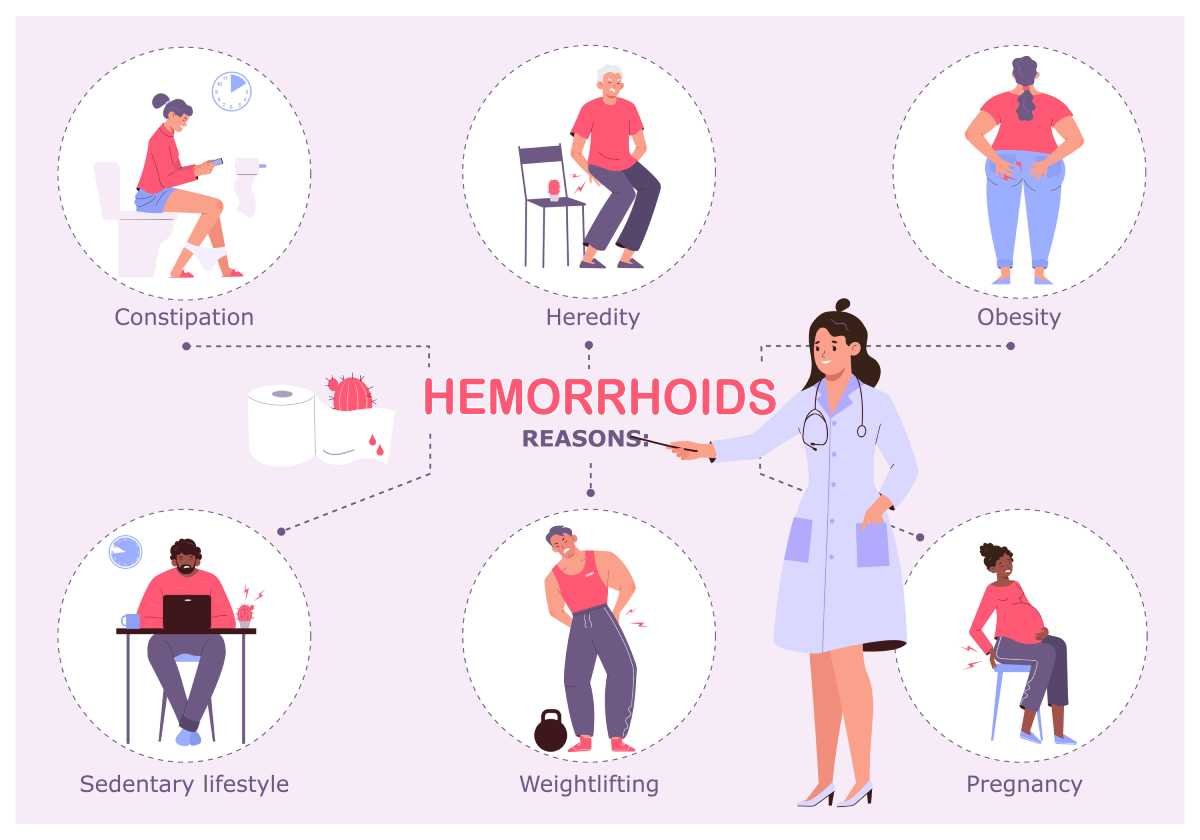Table of Contents

This is an animal disease named “Epizootic Hemorrhagic Disease” (EHD), It’s continues to spread in France. The regions on the Spanish border are all most affected. Nevertheless, the spread of the disease is slowing very quickly.
The pathogen virus of the genus Orbivirus, which is transmitted through the bite of mosquitoes, is a key concern in Frankreich currently facing the outbreak of Epizootic Hemorrhagic Disease (EHD).
In Paris and throughout Frankreich, which is currently facing the outbreak of Epizootic Hemorrhagic Disease (EHD), the end of the epidemic remains uncertain. According to the latest data from the Paris Agriculture Department, as of 7th March, cattle farms nationwide have been affected, whereas on January 3rd, there were officially 3,708 farms reported. Nevertheless, the spread of the disease is slowing noticeably. As in January, the disease has currently been detected in more than 20 departments.
The northernmost exclusion zones continue to cover Brittany, ensuring that EHD has not spread further north towards Belgium and Germany in the last three months. However, the focus of the epidemic remains in the Pyrénées-Atlantiques and Hautes-Pyrénées departments, which are on the Spanish border. The France first EHD cases recorded on September 2023.
Symptoms of Epizootic Hemorrhagic Disease (EHD)
- Deer can be infected by viruses such as Epizootic Hemorrhagic Disease (EHD) and Bluetongue Virus (BTV).
- Humans are not affected by either EHD or BTV.
- EHD is spread through the bite of Culicoides midges, often referred to as “no-see-ums” or gnats, which proliferate in and around stagnant water pools.
- The disease’s clinical manifestations might include a lack of appetite, debilitation, diminished fear of humans, exhibiting circular movements, and additional neurological indicators.
- Swelling of the tongue, eyelids, neck, or head may be observed in deer that succumb to EHD.
- While EHD can be lethal, surviving deer may acquire immunity.
- Diagnosis of EHD necessitates examination of blood and/or internal organ tissues like the spleen and lung by a certified lab.
- The Indiana Department of Natural Resources (DNR) monitors EHD incidents via online submissions from the public and endeavors to sample deer in the field for EHD confirmation when feasible.
- Naturally occurring within the deer population, EHD impacts a limited number of deer annually.
Please check this website to get more deatil about Epizootic Hemorrhagic Disease (EHD).
Please check more artical about health click here.

